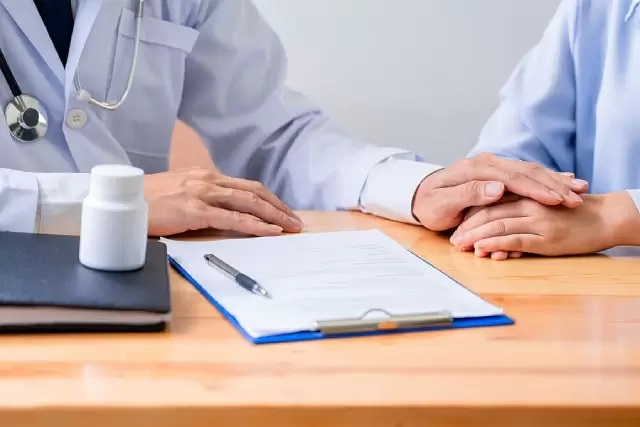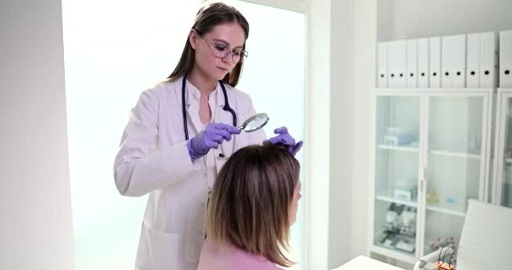Sexually transmitted infections (STDs) don’t always show any symptoms, and in fact, they can frequently be silent. Nonetheless, a few symptoms could point to the existence of an STD. Recognizing these signs early can lead to prompt testing and treatment, which is crucial for managing these conditions effectively and preventing further transmission.
1. Unusual Discharge
Unusual vaginal discharge is one of the most prevalent indications of a sexually transmitted infection. Depending on the infection, this discharge’s color, consistency, and odor might vary greatly. For example, green or yellow discharge with a strong, disagreeable odor could be a sign of a bacterial illness like chlamydia or gonorrhea. The nature of the discharge can vary from thick and creamy to thin and watery, and it may be accompanied by other symptoms such as discomfort or itching, making it imperative to seek medical assistance as soon as you notice any unusual discharge. A medical expert can perform tests to determine the issue and suggest the best course of action. To treat the underlying infection, reduce symptoms, and stop additional problems or transmission, early evaluation is essential.
2. Painful Urination
Dysuria, or painful urination, is a sign of several STDs. This discomfort, which can be extremely upsetting, is best described as a searing, acute pain or general feeling of irritation during urination. It is frequently linked to genital or urinary tract infections like herpes, gonorrhea, or chlamydia, which can cause inflammation. If you have this symptom on a regular basis, you should consult a doctor right away. In order to determine the underlying reason for your painful urination and make sure you receive the right therapy, STD testing in Chicago might be a useful tool. Prompt diagnosis and treatment can lower the chance of infection transmission, help manage symptoms well, and avoid consequences. Consulting with a healthcare provider as soon as possible is highly recommended for both your health and peace of mind.
3. Genital Sores or Warts
Genital sores, blisters, or warts may be signs of sexually transmitted diseases (STDs), such as herpes or the human papillomavirus (HPV). These lesions may appear as little, fleshy lumps or as severe ulcers. Usually, genital herpes results in uncomfortable, painful, and often recurrent open sores. On the other hand, warts caused by HPV can result in infection even if they may not hurt. These warts can appear as one or more growths, and they might differ in size and texture. To have an accurate diagnosis and treatment plan, you must consult a healthcare provider if you notice any unusual sores or warts. Early intervention lowers the chance of problems and aids with symptom management.
4. Itching or Irritation
Another potential indicator of an STD is vaginal inflammation or itching. This symptom can be caused by infections such as trichomoniasis, which often leads to intense itching and discomfort. Redness, swelling, or a burning feeling could be experienced in addition to itching. The affected area may become sore or inflamed, contributing to further discomfort. Persistent itching or irritation, particularly if it does not improve with over-the-counter treatments, warrants a thorough medical evaluation to identify the underlying cause and receive appropriate treatment, as early diagnosis and intervention are key to effective management and symptom relief.
5. Pain During Intercourse
Pain during sexual intercourse, known as dyspareunia, can manifest as either a sharp, stabbing pain or a dull ache during or after sex and may be indicative of various STDs. The pain can vary in intensity and may be localized to specific areas, such as the lower abdomen or pelvic region. Conditions such as pelvic inflammatory disease (PID), which can result from untreated STDs like chlamydia or gonorrhea, may cause such pain and can also lead to additional symptoms such as abnormal discharge or fever. It is crucial to seek medical help as soon as possible if this symptom appears to detect and treat any underlying infections, as a proper diagnosis and course of therapy are essential for relieving pain and preventing further complications.
Conclusion
Knowing these symptoms can make it easier to spot any STDs early and get a quick medical evaluation. It is essential to speak with a healthcare professional if you encounter any of these symptoms in order to receive a proper diagnosis and course of therapy.
Read More: Is Physiotherapy Beneficial for Children Recovering from Car Accident Injuries?



